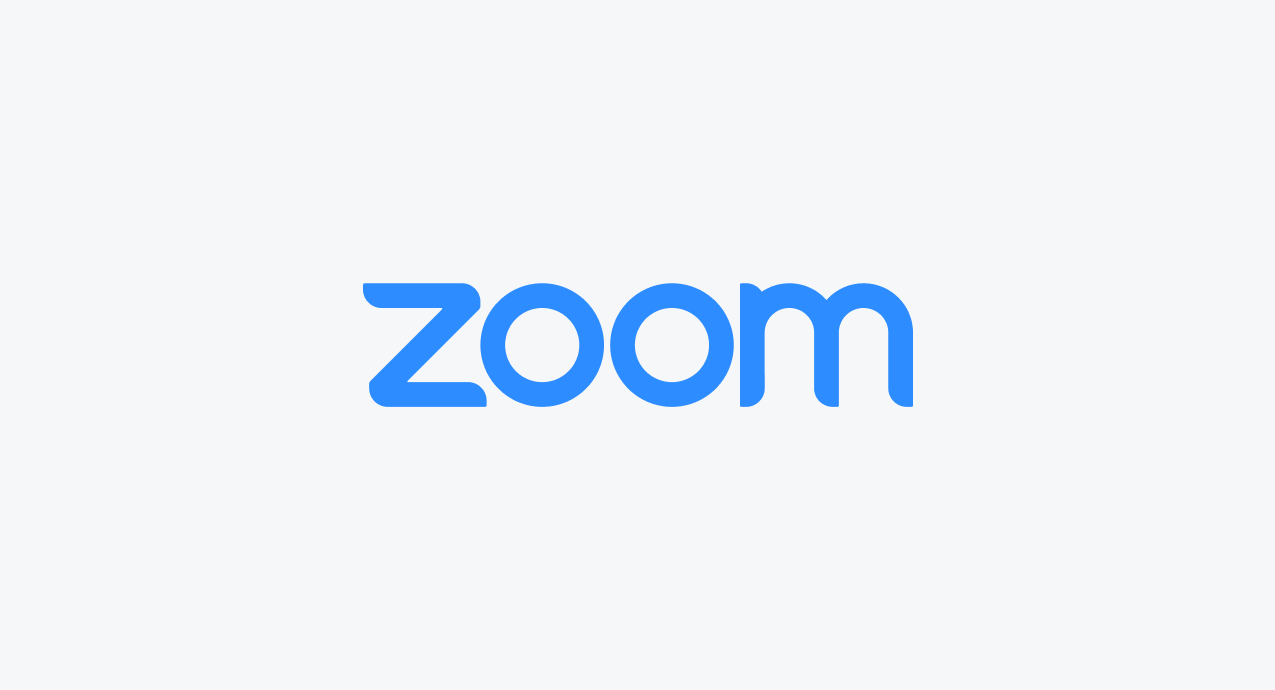To our Zoom users around the world,
Whether you are a global corporation that needs to maintain business continuity, a local government agency working to keep your community functioning, a school teacher educating students remotely, or a friend that wants to host a happy hour to spark some joy while social distancing, you are all managing through unique challenges brought upon by this global health crisis. During this time of isolation, we at Zoom feel incredibly privileged to be in a position to help you stay connected.
We also feel an immense responsibility. Usage of Zoom has ballooned overnight – far surpassing what we expected when we first announced our desire to help in late February. This includes over 90,000 schools across 20 countries that have taken us up on our offer to help children continue their education remotely. To put this growth in context, as of the end of December last year, the maximum number of daily meeting participants, both free and paid, conducted on Zoom was approximately 10 million. In March this year, we reached more than 200 million daily meeting participants, both free and paid. We have been working around the clock to ensure that all of our users – new and old, large and small – can stay in touch and operational.
For the past several weeks, supporting this influx of users has been a tremendous undertaking and our sole focus. We have strived to provide you with uninterrupted service and the same user-friendly experience that has made Zoom the video-conferencing platform of choice for enterprises around the world, while also ensuring platform safety, privacy, and security. However, we recognize that we have fallen short of the community’s – and our own – privacy and security expectations. For that, I am deeply sorry, and I want to share what we are doing about it.
First, some background: our platform was built primarily for enterprise customers – large institutions with full IT support. These range from the world’s largest financial services companies to leading telecommunications providers, government agencies, universities, healthcare organizations, and telemedicine practices. Thousands of enterprises around the world have done exhaustive security reviews of our user, network, and data center layers and confidently selected Zoom for complete deployment.
However, we did not design the product with the foresight that, in a matter of weeks, every person in the world would suddenly be working, studying, and socializing from home. We now have a much broader set of users who are utilizing our product in a myriad of unexpected ways, presenting us with challenges we did not anticipate when the platform was conceived.
These new, mostly consumer use cases have helped us uncover unforeseen issues with our platform. Dedicated journalists and security researchers have also helped to identify pre-existing ones. We appreciate the scrutiny and questions we have been getting – about how the service works, about our infrastructure and capacity, and about our privacy and security policies. These are the questions that will make Zoom better, both as a company and for all its users.
We take them extremely seriously. We are looking into each and every one of them and addressing them as expeditiously as we can. We are committed to learning from them and doing better in the future.
But before I lay out how we intend to improve, I want to share what we have done so far.


